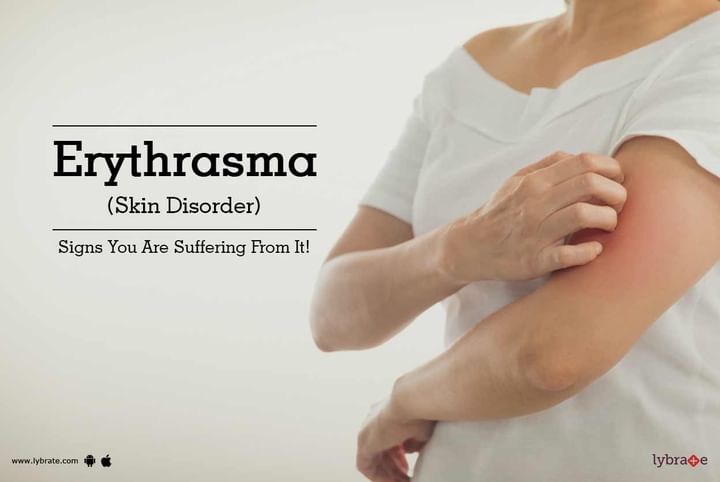Erythrasma (Skin Disorder) - Signs You Are Suffering From It!
Erythrasma is caused by a virus called bacterium Corynebacterium minutissimum. This type of infection is mostly found in the moist folds of the body such as the groin, knees, and armpits. They are visible in the form of reddish patches and are itchy in nature. Although Erythrasma doesn’t lead to anything serious, they have a tendency to spread, if not treated in early stages.
Causes of Erythrasma
Erythrasma often occurs to people who live in shabby conditions and do not maintain good hygiene. People living in the tropical region have a tendency to get this infection too. Some medical conditions that lead to this disease are diabetes, obesity, etc. Even low immunity and hyperhidrosis is known to cause this sort of infection.
Common symptoms of Erythrasma
Erythrasma shows unmistakable symptoms. It looks like a patch of pink to red skin with a well-defined border. With passing time, the coloration turns from reddish to brownish in color. The skin outside the patch or border is normal. This being said, if proper medication is not taken on time, this might spread and affect the healthy skin. Some other symptoms include:
- Mild to heavy itching in the affected area.
- Scaly patches in the affected area.
- The patches often look like typical ringworm infections
- A burning sensation in the affected area (especially, if the affected area is groin)
Diagnosis of Erythrasma
While this infection is one of the easiest to identify by any dermatologist, a doctor might prescribe the scraping culture test to be absolutely sure of the diagnosis. A wood’s lamp test can also be performed in order to diagnose the infection. This is a test in which a doctor passes the UV rays of the lamp on the infected area only to find a coral red coloration.
Treatment for Erythrasma
Doctors mostly suggest the intake of antibiotics such as erythromycin to kill the bacterial infection. Ointments containing imidazole and fusidic acid are also prescribed for controlling the infection. Drugs of antibacterial origin such as Clarithromycin and Erythromycin are prescribed depending on the severity of the infection and patient’s general health. A patient with a surgical wound and low immunity might develop some minor complications. It is strongly suggested to refrain from over the counter medicines for patients with this medical complication.
How to prevent Erythrasma?
Some common tips to stay away from bacterial infections such as these include the following:
- To ensure the folds of your skin is moist free
- Wearing cotton clothes in summer and avoiding tight fitting clothes
- Keeping basic hygiene intact such as wearing clean clothes, taking bath twice a day etc
- Sticking to a healthy diet and following a workout plan
If you wish to discuss about any specific problem, you can consult a dermatologist.



+1.svg)
